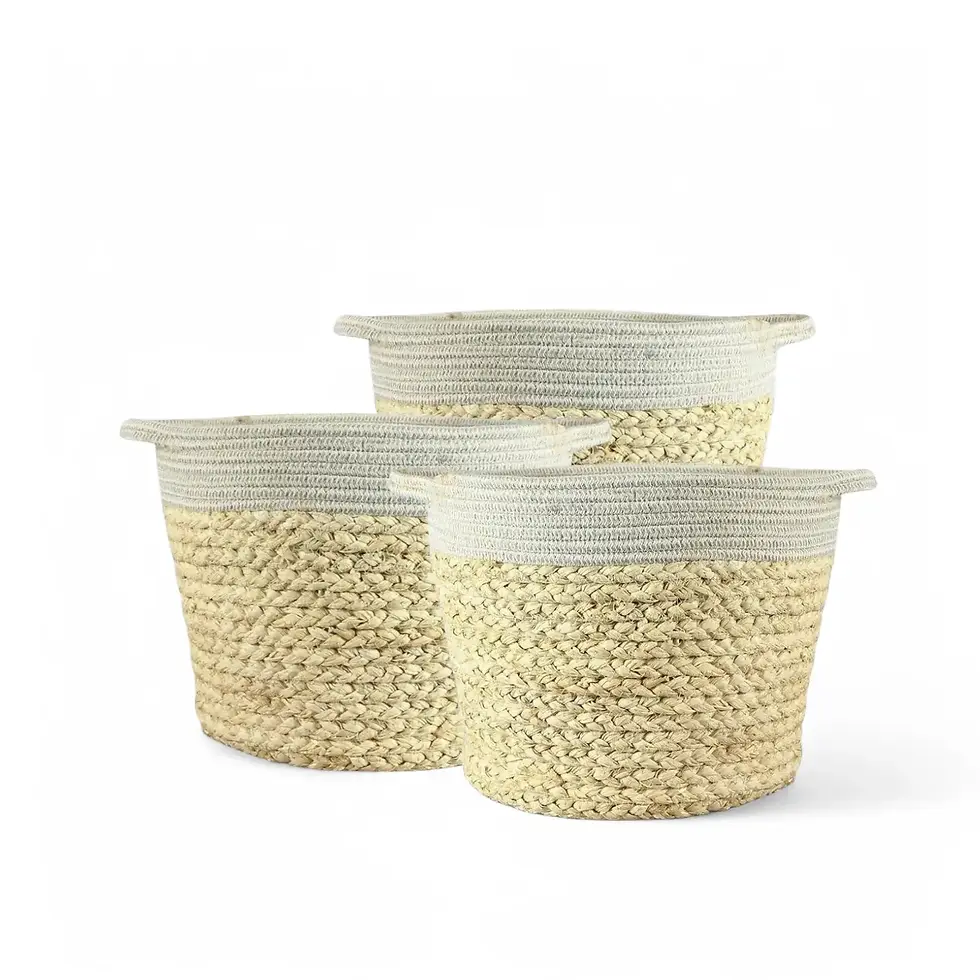Hoya australis 'Lisa' – Care Guide and Information
Hoya australis 'Lisa' is a lovely variegated form of Hoya australis prized for its vibrant foliage and low-maintenance nature. This exotic evergreen climber showcases thick, succulent leaves with bright green edges, creamy centers, and new growth emerging in striking pink-red hues. With a potential to grow up to 10 meters under optimal conditions, this Hoya makes a dramatic statement when allowed to trail or climb on trellises or in hanging baskets. Its fragrant, nectar-rich flowers and lush, variegated foliage make it a favorite among houseplant enthusiasts seeking a tropical accent for modern indoor spaces.
Distinctive Features of Hoya australis 'Lisa'
- Vibrant Foliage: Thick, succulent leaves with bright green edges, creamy centers, and red-hued new growth.
- Remarkable Growth: Although it can eventually reach up to 10 meters, its compact growth when trained makes it ideal for indoor displays.
- Fragrant Flowers: Clusters of glossy white flowers with violet centers bloom mostly in summer, releasing a sweet fragrance in the evenings.
Growth and Natural Habitat of Hoya australis 'Lisa'
Originating from tropical regions, Hoya australis 'Lisa' thrives in warm, humid environments similar to those in its native habitat. Indoors, it adapts well when provided with bright, indirect light and stable temperatures. Its climbing or trailing habit allows it to be trained on moss poles, trellises, or displayed in hanging baskets—making it versatile for modern European homes.
- Native Conditions: Warm, humid climates with diffused light.
- Indoor Performance: Grows best in bright, indirect light with stable temperatures between 18-26°C.
- Versatility: Suitable for both vertical and trailing displays in limited indoor spaces.
Hoya australis 'Lisa' Plant Care Instructions
- Light: Provide bright, indirect light; avoid harsh direct sunlight which can scorch the leaves.
- Watering: Water thoroughly when the top 2-3 cm of soil feels dry, then allow the soil to dry out between waterings to prevent root rot.
- Humidity: Maintain around 60% humidity if possible; in winter, a humidifier or occasional misting can help.
- Temperature: Keep in a stable environment between 18°C and 26°C, avoiding drafts and sudden fluctuations.
- Soil: Use a well-draining, airy potting mix such as a blend of orchid bark, perlite, and potting soil (or cactus mix with added perlite) to prevent water retention.
- Repotting: Repot every 2-3 years in spring when the plant becomes root-bound. Choose a pot with drainage holes, like terracotta, to allow excess moisture to escape.
- Fertilizing: Feed monthly during the growing season with a balanced liquid fertilizer at half strength. Switch to a bloom-boosting formula during flowering if desired.
- Pruning: Trim long or leggy stems in spring or summer to encourage bushier growth and remove dead or yellow leaves for a neat appearance.
- Semi-/Hydroponics: Hoya australis 'Lisa' adapts well to semi-hydroponic setups when the roots receive ample oxygen and balanced nutrients.
- Propagation: Propagate via stem cuttings. Take a 10 cm cutting with at least three to four leaves, allow the end to callous for a few hours, then root in water or a moist, well-draining mix.
Common Issues and Solutions for Hoya australis 'Lisa'
- Pests: Common pests include spider mites, mealybugs, and scale insects. Regularly inspect the leaves and treat infestations with neem oil or insecticidal soap.
- Yellowing Leaves: Often indicate overwatering or poor drainage. Adjust your watering schedule and ensure the potting mix drains properly.
- Root Rot: Can occur if the soil remains too moist. Repot in a well-draining mix if signs of rot appear, and allow the topsoil to dry out between waterings.
- Leaf Discoloration: May result from insufficient light or nutrient deficiency. Ensure the plant receives ample bright, indirect light and consider regular feeding.
- Temperature Fluctuations: Sudden drops or drafts can stress the plant, leading to leaf drop. Keep the plant in a stable, warm area away from vents or drafty windows.
Additional Growing Tips for Hoya australis 'Lisa'
- Support Structures: Use trellises or moss poles to support its climbing nature and enhance its display.
- Leaf Care: Regularly wipe the leaves with a damp cloth to remove dust and boost photosynthesis.
- Acclimatization: Gradually adjust the plant to new locations to avoid shock from changes in light or temperature.
- Maintenance: Consider a monthly lukewarm water soak to flush out excess salts and promote healthy root function.
Etymology and Botanical Background of Hoya australis 'Lisa'
- Genus Origin: The genus Hoya is named in honor of Thomas Hoy, an influential 18th-century English botanist.
- Species Information: Hoya australis is a recognized species within the Hoya family, and the 'Lisa' cultivar represents a variegated form with unique, attractive foliage.
- Distribution: Native to tropical regions like Indonesia, Fiji, New Caledonia, Papua New Guinea, and Vanuatu, it typically grows as an epiphyte.
Frequently Asked Questions for Hoya australis 'Lisa'
- How can I encourage Hoya australis 'Lisa' to produce more blooms?
Ensure it receives plenty of bright, indirect light and that the soil dries slightly between waterings. Consistent care and occasional removal of spent flowers can stimulate blooming. - What are the signs that my Hoya australis 'Lisa' needs repotting?
If the plant becomes root-bound or growth slows, check for roots emerging from drainage holes—this is a clear indicator it’s time to repot. - How do I maintain the vibrant variegation of Hoya australis 'Lisa'?
Regularly clean the leaves to remove dust, and ensure stable, bright, indirect light and proper humidity to preserve its striking appearance.
Order your Hoya australis 'Lisa' today and bring the tropical vibrancy and lush elegance of this stunning variegated Hoya into your home!
Hoya australis 'Lisa'
Hoya australis 'Lisa' is approximately 10–15 cm tall/ long and comes in a ⌀ 6 cm pot.
























































